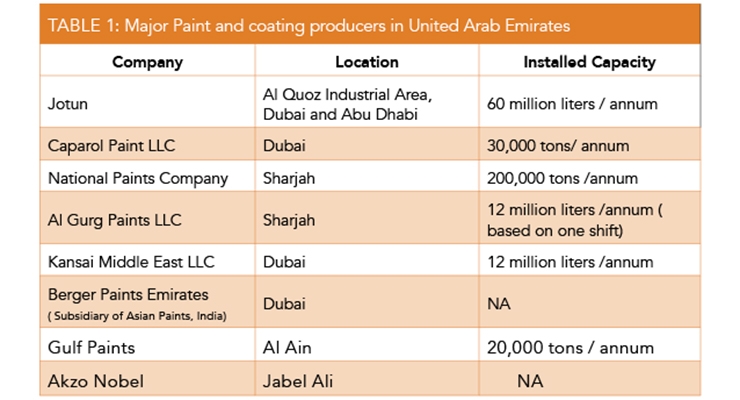Seasonal Factors In Industrial Outside Painting: Trick Insights You Need To Understand
Seasonal Factors In Industrial Outside Painting: Trick Insights You Need To Understand
Blog Article
Short Article By-Leach Skafte
When you're preparing an industrial exterior painting task, seasonal aspects can make or break your results. Get the facts 'll want to consider exactly how temperature and humidity impact paint application and drying times. Selecting the best period can guarantee your paint sticks effectively and lasts longer. But which seasons are really the most effective for this kind of work? Allow's discover the crucial elements that can affect your task's success.
The Effect of Temperature Level on Paint Application
When you're planning a business external paint job, the temperature level can substantially impact how well the paint sticks and dries.
Ideally, you intend to repaint when temperatures range between 50 ° F and 85 ° F. If it's too chilly, the paint might not treat effectively, resulting in problems like peeling or breaking.
On the flip side, if it's too hot, the paint can dry out also swiftly, preventing proper adhesion and leading to an uneven surface.
You must also take into consideration the moment of day; early morning or late afternoon supplies cooler temperature levels, which can be more desirable.
Constantly inspect the producer's recommendations for the certain paint you're utilizing, as they often provide advice on the perfect temperature variety for ideal outcomes.
Humidity and Its Impact on Drying Times
Temperature isn't the only environmental factor that influences your industrial exterior paint project; humidity plays a substantial role as well. High humidity levels can reduce drying times substantially, impacting the total quality of your paint task.
When the air is filled with moisture, the paint takes longer to cure, which can cause problems like inadequate attachment and a greater danger of mold development. If straightline metal buildings on a specifically humid day, be prepared for extensive wait times in between coats.
It's essential to keep an eye on neighborhood climate condition and strategy appropriately. Preferably, go for moisture levels in between 40% and 70% for optimum drying out.
Keeping these factors in mind ensures your task stays on track and supplies a lasting finish.
Best Seasons for Commercial Exterior Painting Projects
What's the best time of year for your commercial outside paint projects?
Spring and very early fall are generally your best options. During these seasons, temperatures are light, and moisture levels are often reduced, producing excellent problems for paint application and drying.
Stay clear of summer's intense heat, which can trigger paint to completely dry also rapidly, bring about inadequate adhesion and coating. Likewise, wintertime's cold temperature levels can hinder correct drying out and treating, running the risk of the longevity of your paint work.
Aim for days with temperature levels between 50 ° F and 85 ° F for optimum results. Keep in mind to examine the local weather forecast for rain, as damp problems can ruin your job.
Planning around these elements ensures your painting task runs smoothly and lasts longer.
Verdict
In conclusion, intending your commercial outside paint tasks around seasonal considerations can make a substantial difference in the end result. By organizing local painting contractors minneapolis throughout the perfect temperatures and humidity degrees, you'll guarantee much better adhesion and drying times. Bear in mind to watch on local weather report and pick the right time of year-- springtime and very early autumn are your best options. Taking these actions will certainly assist you accomplish a long lasting and specialist surface that lasts.
